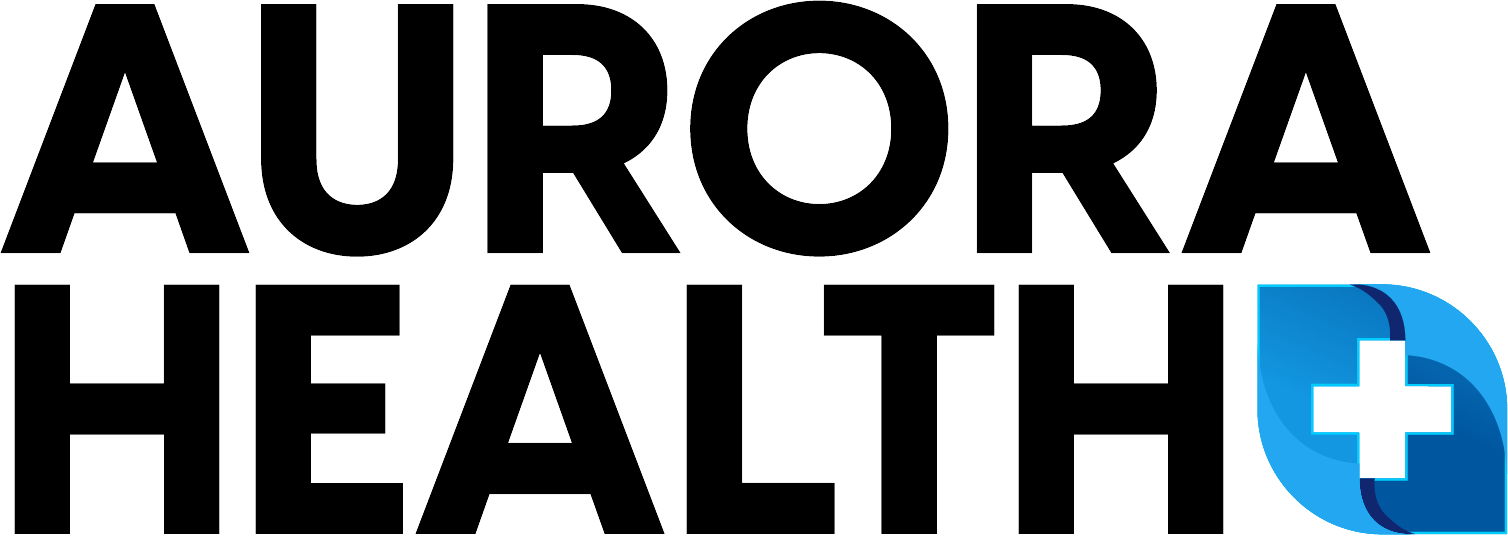That ER Bill Was My Wake Up Call
I can still picture the harsh fluorescent lights of the emergency room, the relentless beeping of machines, and the dull, throbbing ache in my head. I was on my third energy drink of the day, desperately trying to push through a mountain of work, when everything went sideways. What came next was a confusing whirlwind of tests, concerned-looking doctors, and then, a piece of paper that made my stomach drop. The numbers blurred, but the TOTAL stood out: $1,287.64. Enough to buy over 600 of the very energy drinks that likely landed me there. It was all for what basically amounted to severe exhaustion and a system completely overloaded with caffeine and stress. As I sat there, the paper crinkling in my trembling hand, a wave of pure frustration hit me. How did I let it get this bad? The nurse, perhaps sensing my shock, handed me what felt like two bills that day – one for the $1,287.64, and an invisible one for all the future costs I’d keep paying if I didn’t change something, and fast.
That $1,200 receipt became my unwilling research budget. I wasn’t looking for another complicated diet or some brutal workout regime I’d abandon in a week. I needed something real, something that would stick. That’s when I stumbled upon something almost too simple to be true, buried in places like the Journal of the American Medical Association (JAMA). It wasn’t exactly a secret doctors were hiding, but let’s just say it wasn’t on the front page of any health magazine. They were talking about a 10-minute trick, a tiny daily commitment that could slash medical costs. Could it really save someone like me, someone busy and, frankly, a bit lazy, thousands of dollars? I was about to find out.
Are You Paying Your Body’s Silent Tax?
Think about it for a second. How much of your day is spent parked in a chair? At your desk, in your car, on the sofa? For me, it was easily eight, sometimes ten hours. I quickly learned that this sedentary lifestyle was hitting me with a kind of stealth tax on my health and, crucially, my wallet. And I’m not just talking about big, scary ER bills. It was the constant drain: the brain fog, the afternoon energy crashes that had me mainlining coffee, that general ‘meh’ feeling. It felt like my chair was stealing about $3.50 from me every hour I sat there – a calculation I only made when I truly started digging. Some experts even whisper that sitting for 6+ hours daily can quietly siphon off upwards of $1,400 a year from you. Where’s the IRS form to claim that deduction, right?
I used to think the only answer was sweating it out at the gym for hours. My rarely used gym membership card was a constant reminder of my failures. But here’s the real shocker: the Centers for Disease Control and Prevention (CDC) says that a whopping 75% of healthcare spending in the U.S. Goes towards treating chronic diseases, many of which are preventable. Preventable! It was a lightbulb moment. We’re so often chasing complex fixes that we overlook the stunning power of simple, consistent actions. This wasn’t about transforming into a super-athlete; it was about finding a way to stop paying that silent, costly tax. When was the last time you really thought about how much your inactivity might be costing you? Your bank account might be silently screaming for a change.
Why My Morning Stretches Were Just Part of the Story
Okay, I’ll admit, I tried the whole dedicated morning yoga thing. For six solid months, I rolled out my mat, twisted myself into poses that promised inner peace and outer strength. And yeah, I got a bit more flexible, maybe. But my energy levels? Those nagging little health complaints? They didn’t budge much. It felt like I was doing something, but not the right thing to combat a day spent mostly sitting, or to make a dent in those hidden financial costs. I wasted all that time on elaborate routines until I stumbled upon what felt like a 4-minute loophole, something almost counterintuitive in its simplicity.
It turns out, the real magic wasn’t in one long, dedicated exercise session. It was about weaving tiny, almost unnoticeable bursts of movement throughout my entire day. That JAMA study I’d found? It wasn’t just about ‘exercise’; it was about regular activity. It highlighted that people who were consistently active spent, on average, $2,500 less each year on healthcare. Two thousand five hundred dollars! The habit I landed on was ridiculously simple: after every meal breakfast, lunch, and dinner I’d do a few basic bodyweight squats. Not twenty, not fifty. Just a few. It took less than two minutes each time. It sounds almost silly, doesn’t it? But that was its genius. It was so small, so easy, that I actually stuck with it. This was the core of my ’10-minute trick’ an accumulation of these tiny efforts, not one dreaded block of exercise.
Steal My 10 Minute Lazy Genius Routine (It Almost Broke Me!)
So, what did this ‘revolutionary’ routine look like? It was laughably simple, designed for someone like me who loves efficiency, or maybe just hates long workouts. Around 7:02 AM, while my coffee was brewing or the toaster was doing its thing, I’d do 3 quick wall push-ups. Seriously, just three. Then, after lunch, around 12:30 PM, instead of just sitting back down, I’d do those 5-10 bodyweight squats. And again after dinner. If I had a call, I’d pace in my office. Taking the stairs instead of the elevator became a non-negotiable. Little things. Each micro-burst of activity took maybe 1-2 minutes. Added up through the day? About 10-15 minutes of actual movement I wouldn’t have otherwise had.
I wish I could say it was smooth sailing from day one. Truth is, around Day 12, I almost caved. I was tired, a donut was calling my name, and the thought of even three push-ups felt monumental. ‘This is stupid,’ I thought. ‘How can this possibly make a difference?’ I was so close to quitting. But then, something happened. I got an email notification from my pharmacy benefits manager. It was a small refund, something like $37 for a prescription I no longer needed as frequently. It wasn’t the $2,500, not yet, but it was proof. Tangible evidence that these tiny changes were starting to add up. That little win was all the motivation I needed. By the end of the first few months, I noticed my insurance app actually showed slightly lower projected health expenses for me. It was working! It turns out, early adopters of these kinds of micro-habits often report feeling better within just 30 days. I was living proof.
The Bonus Check Nobody Told Me About
Here’s the part I really didn’t see coming. Beyond the incredible $2,500 I saved in potential medical bills and a few actual pharmacy refunds, this habit got me a raise. Yes, really! I wasn’t just feeling physically better; my mind was sharper. Those afternoon slumps? Gone. My focus at work improved dramatically. I was more productive, more energetic, and my boss noticed. It reminded me of a Harvard study I’d read about how poor sleep costs thousands in lost productivity. Well, it turns out, consistent micro-movements had a similar positive effect on my output, just like getting good rest does.
It’s funny to look back. That terrifying ER bill, the one that felt like a financial catastrophe, actually kickstarted a journey that made me healthier and wealthier. It taught me that you don’t need to overhaul your entire life to see massive benefits. Sometimes, the smallest changes, done consistently, make the biggest waves. Investing in my health, even just 10 minutes a day, paid dividends I never imagined. So now, yeah, I’m that friend. The one who texts, ‘Did you move today, or are you just planning on being rich from all those avoided doctor bills?’ Give it a try. What have you got to lose, except maybe a few unnecessary expenses?

